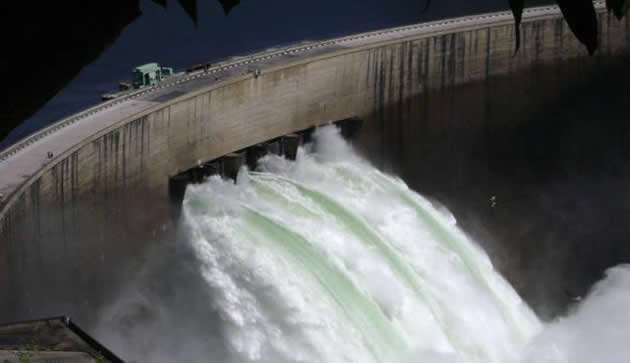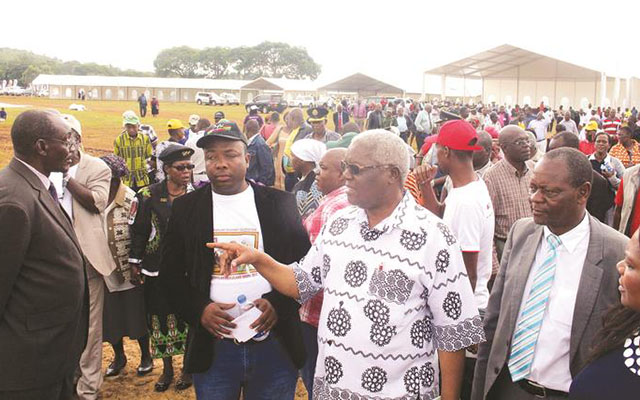Editorial Comment: Sustainable power generation mix viable

Zesa, once it committed itself to Kariba South Extension, is now in a position to explore a lot of other options in both generation methods, including solar and in managing a daily generation cycle that allows it to push output in peak periods and cut back in slack times without huge investments in storage.
So Kariba South Extension allows Zesa to push for the 100MW solar station in Gwanda. Solar generation is becoming even cheaper, with the least-cost tender of $173 million accepted for the Gwanda plant, that is $1,73 a watt.
The Government through its full support behind that scheme, giving not only a guarantee, but now also listing it as a prescribed asset, which makes it attractive to pension and insurance funds.
The biggest advantage for solar stations is that the fuel is free, sunlight falling on earth, so operating costs are very low and the cost of recovering the capital investment being the main expense.
This is much the same as with hydro-schemes where the water is free, but the cost of dams, civil engineering and the turbine and generator sets is high.
The biggest disadvantage of solar is that the sun does not shine at night and output is reduced in cloudy and rainy weather.
Zimbabwe has chosen Gwanda, one of the driest and sunniest parts of the country, to site the station, so the only real problem is the lack of night generation.
But this is not a serious problem considering the generating mix that Zesa will have when the Gwanda plant comes on stream. The extensions at Kariba do not add to the energy output of the power station over a year. That is limited by the flow of the Zambezi River and only occasionally, such as when there are a sequence of years with higher than average rainfall in the catchment can there be a temporary increase in the water ration for the station.
But what the extensions do allow is for Zesa to meet a demand cycle. The extensions made sense looking at pure Kariba output, giving Zesa the option of running eight generators at peak demand and say two at 1am.
But they make even more sense as other stations are added to the mix. And one of these is Gwanda.
Gwanda will generate during the day and generate more between the early morning and evening peaks than it does at the peaks. But Zesa can store Gwanda energy by cutting back at Kariba when necessary and then putting in extra generation during the dark.
In effect, Lake Kariba can store Gwanda energy, but only with the extension to the power station allowing Zesa to vary output.
Gwanda will also allow Zesa to get valuable data on just how solar generation variability during the day and during the seasons affects its mix and start getting an idea of the maximum percentage of Zimbabwe’s generating capacity can be solar, even taking into account that Lake Kariba can function as the largest storage battery in the world.
Boosting the percentage of Zimbabwean generation from green renewable sources, such as hydro and solar, makes environmental sense since even developing countries need to think how they can reduce carbon emissions while boosting development and standards of living.
But they also make economic sense, since they are fuel free. Once built and paid for their output is remarkably low.
But it also requires some thought and the creation of an intelligent mix.
Last year a serious regional drought cut Kariba output, but if there had already been a solar station on line the drought would probably have boosted its output, just as a first-class rainy season will probably cut solar out, but boost hydro output.
Zesa is now taking the first steps in creating an intelligent mix of capacity, reducing the chances of simultaneous problems. It deserves to be backed.








Comments